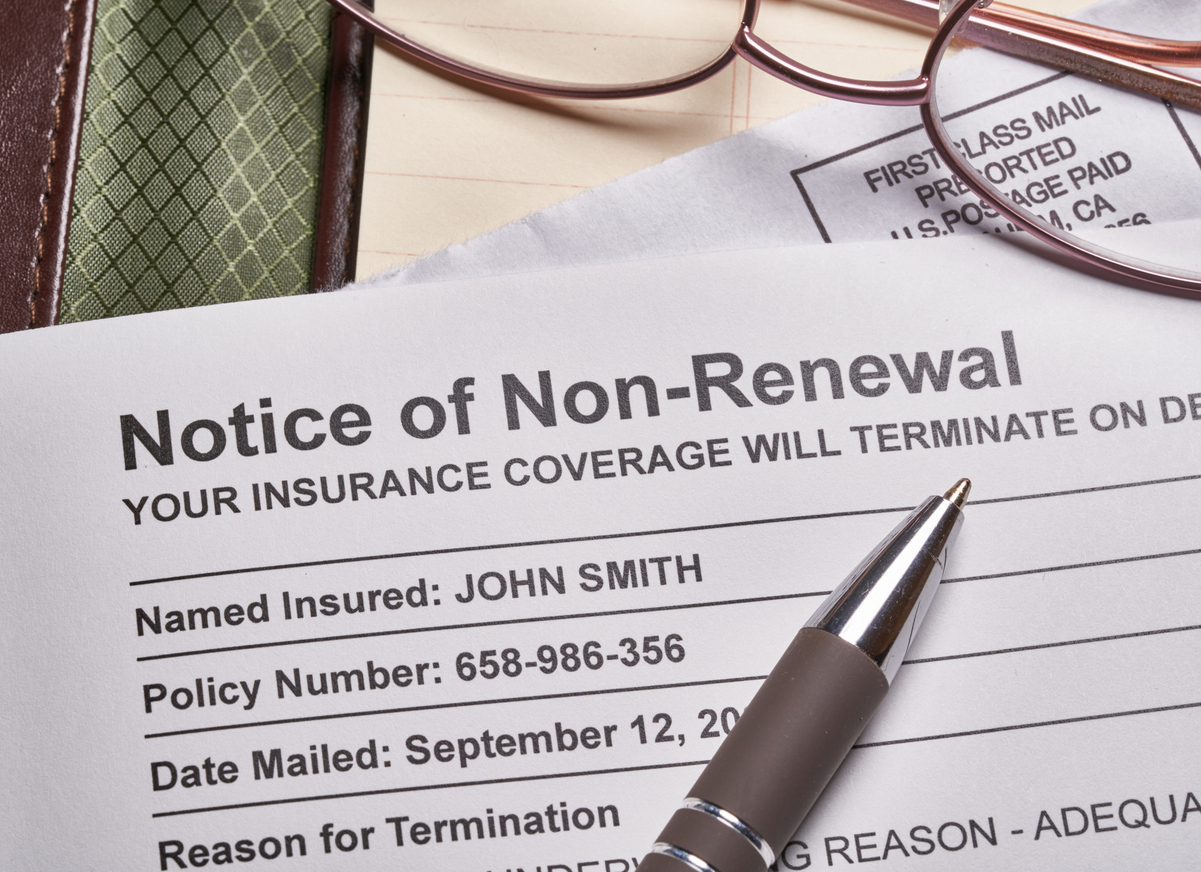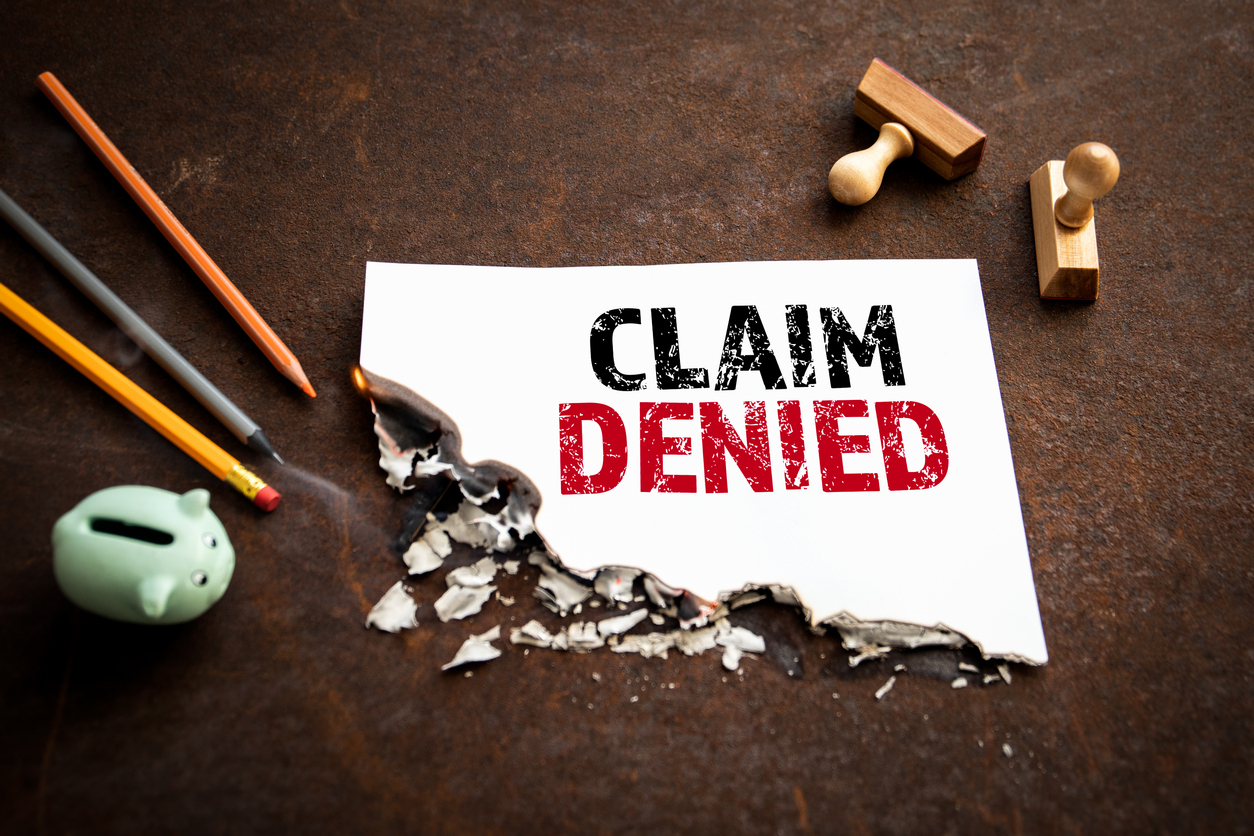What is an insured, who has an “actual cash value” property insurance policy, entitled to recover when their property is damaged, but not a total loss? Is the insured entitled to the cost to repair/replace the property minus depreciation? Or is the insured’s recovery limited to the property’s fair market value? What if the property’s fair market value of the property at the time of the loss is far less than the amount of money it will take to repair the property minus depreciation?
The California Court of Appeal, recently dealt with these issues in California Fair Plan Association v. Garnes.1 In Garnes, the insured’s home was damaged by a kitchen fire. At the time of the loss, the property was insured by California Fair Plan on an actual cash value basis, had a policy limit of $425,000, and had a fair market value of only $75,000.
The California Fair Plan insurance policy contained a paragraph entitled “Loss Settlement,” which stated that Fair Plan would pay the following amounts for losses to the insured’s dwelling:
(1) Total Loss: If the greater of the cost either to reconstruct or replace the damaged part of the property exceeds the actual cash value before the loss of all covered property …, we will pay such actual cash value.
(2) Partial Loss: In the cases of losses that are not described in (1) above, we will pay the least of the following amounts: [¶] (a) The lower of the cost either to reconstruct or replace the damaged part of the property, less a reasonable amount for depreciation; or [¶] (b) The actual cash value before the loss of the damaged property.
The policy defined “actual cash value” of property to mean “its fair market value.”
The insured argued that she should be able to recover the amount it would cost to repair the house, less an amount for depreciation, the net amount of which was agreed to be $320,549. California Fair Plan disagreed and argued that the insurance policy and the California Insurance Code allowed it to pay the lesser of that amount or the fair market value of the house, which at the time of the fire was $75,000. California Fair Plan argued the loss was a “total loss” because the cost to repair the property exceeded its fair market value. The insured, however wished to rebuild the property because it had not been destroyed and based on its sentimental value to her family.
The trial court agreed with California Fair Plan and granted its summary judgment motion, finding California Fair Plan needed to only pay $75,000—the fair market value of the property at the time of the loss.
The insured appealed.
The court of appeal first examined Insurance Code section 2051:
Section 2051 sets forth the “measure of indemnity in fire insurance” for an open ACV policy…. In the case of a “total loss to the structure,” recovery is limited to the lesser of the policy limit or a property’s “fair market value.” (§ 2051, subd. (b)(1).) In the case of “partial loss to the structure,” however, recovery is not limited to fair market value; instead, it is the lesser of the policy limit or “the amount it would cost the insured to repair, rebuild, or replace the thing lost or injured less a fair and reasonable deduction for physical depreciation based upon its conditions at the time of the injury.” (§ 2051, subd. (b)(1).) Under subdivision (b)(2), it is clear that in the case of “partial loss to the structure,” the insured is entitled to repair, rebuild or replace that which was lost or injured. While such recovery is reduced by a deduction for physical depreciation and may not exceed the policy limit, nothing in subdivision (b)(2) or the remainder of section 2051 indicates that the policyholder is limited to the fair market value of the property or any part of it.
(Emphasis added.)
Based on the language of the statute and the fact that the insured’s property was not totally destroyed, the appellate court concluded that the insured’s claim was for a “partial loss to the structure” (not a total loss) and that, under Insurance Code section 2051, she was therefore entitled to recover the amount it would cost her to repair, rebuild, or replace the damaged property less a fair and reasonable deduction for physical depreciation based upon its conditions at the time of the injury.
California Fair Plan then argued, that despite the Insurance Code’s language, its policy, not the insurance code, controlled the outcome, and because its policy defined actual cash value as fair market value, and because its policy gives the insurer the option to pay the lesser of the amount to repair the property minus depreciation or the fair market value, it was only required to pay the insured $75,000.
The court disagreed, and held that where an insurance policy’s terms violate the insurance code, the insurance code controls. Its rationale on this issue was:
The parties also dispute whether the Policy is to be applied in accordance with its terms or instead in accordance with the Insurance Code. FAIR argues that regardless of whether the Policy complies with the governing Insurance Code provisions, this case and its obligations to Garnes are “governed by the policy she purchased, not by some statutory form policy she never purchased.” Garnes relies on Century–National Ins. Co. v. Garcia (2011) 51 Cal.4th 564, 120 Cal.Rptr.3d 541, 246 P.3d 621 (Century–National) for the proposition that “a fire insurance policy that offers less coverage than the standard form (Insurance Code § 2071) is invalid,” and “that insurers may not provide less coverage than appears in the form fire policy set forth in § 2071.”
[W]here California’s statutory or decisional law require coverage, an insurer may not circumvent the law by employing contrary contract terms…[W]here an insurer’s policy contains terms that conflict with the law, the courts will decline to enforce the impermissible terms and read into the policy the terms required by statute.
The court ruled that “since mandatory insurance coverage provisions are incorporated into every policy to which they pertain, section 2051 is incorporated into the standard form policy set forth in section 2071, as indicated by case law, regulation and statute.”
Consequently, the court determined that California Fair Plan’s provisions seeking to limit an insured’s recovery for a partial loss to a structure to the property’s fair market value was unenforceable because such provisions were in direct conflict with Insurance Code section 2051.
_________________
1 California Fair Plan Ass’n v. Garnes, No. A143190, 2017 WL 2303165 (Cal. Ct. App. May 26, 2017).



